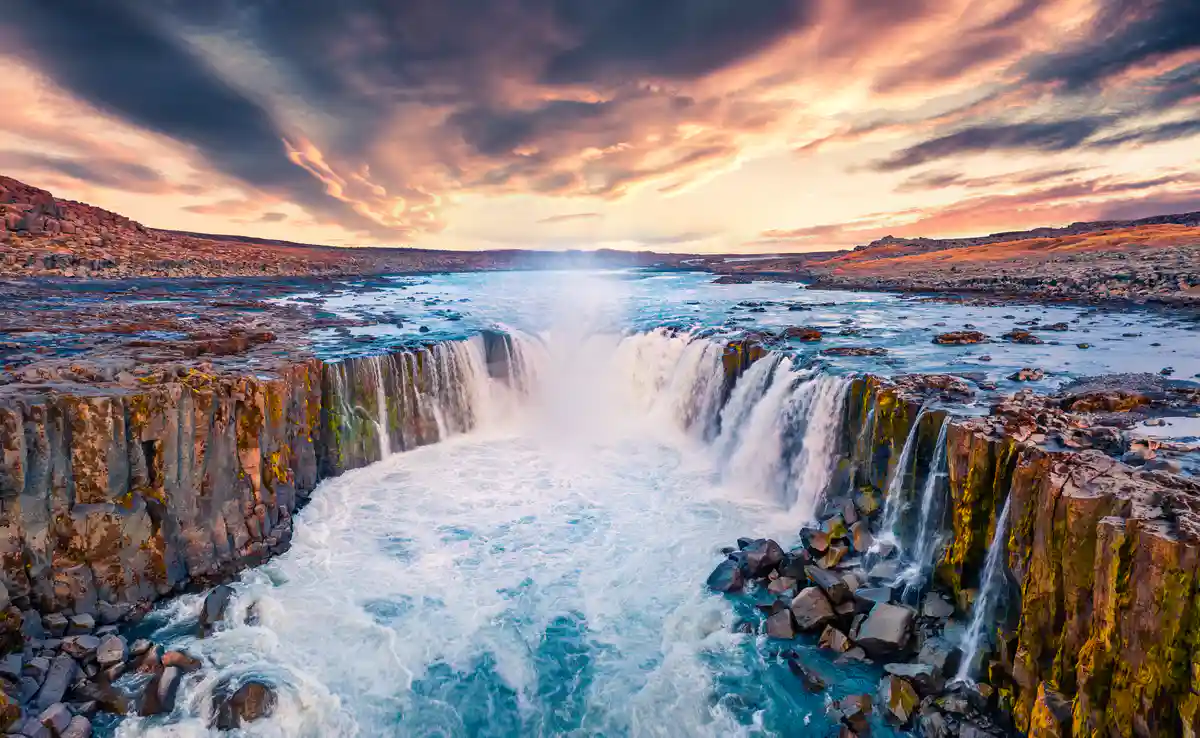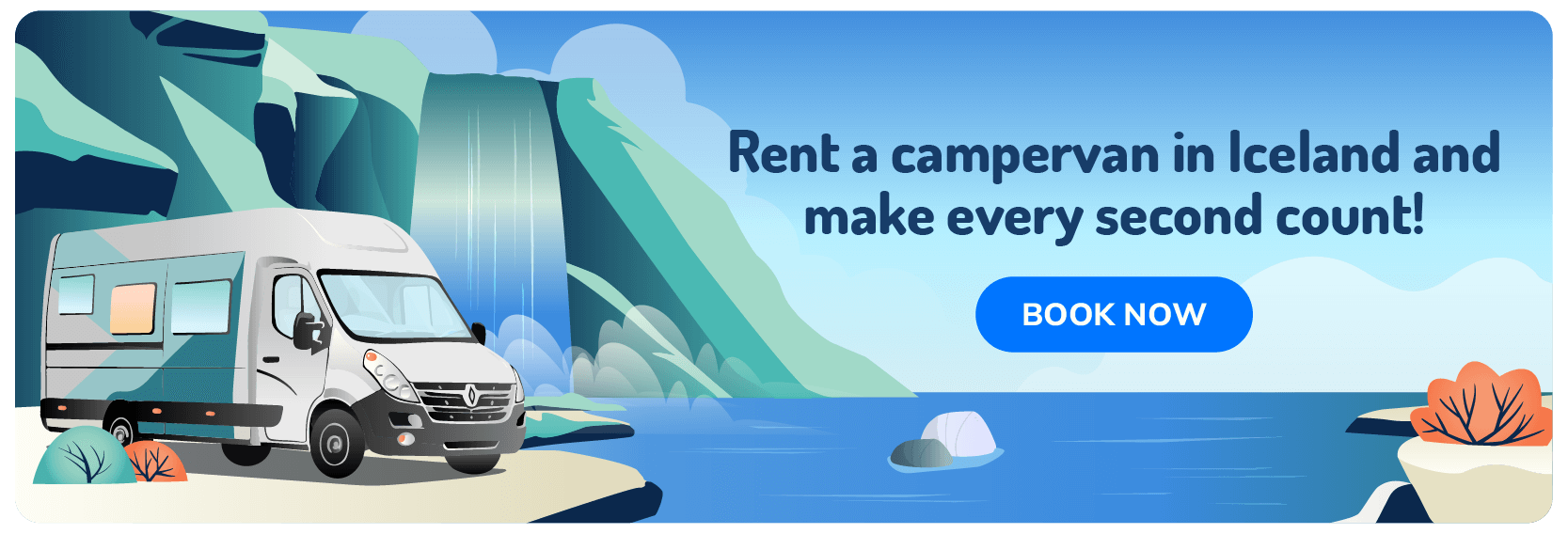In the Land of Fire and Ice, the landscape has come to represent the ongoing battle between the two elements, showcasing an array of interesting and intriguing natural wonders. Many of these can be found in Jokulsargljufur National Park.
This article will reveal all about this incredible destination with its remarkable landscapes and natural treasures and help you plan the ultimate Jokulsargljufur National Park trip itinerary. So, without further ado, let’s get into it!
Where is Jokulsargljufur National Park in Iceland?
Jokulsargljufur National Park is actually one of the parks that now forms part of the greater Vatnajökull National Park. You will find Jokulsargljufur on its northernmost tip.
If you’re thinking of doing a day trip or just looking for a city stop along your road trip before heading out to Jokulsargljufur, Husavik, and Akureyri will be it. Husavik is the closest (just 60 kilometers away), and Akureyri is about 130 kilometers away.
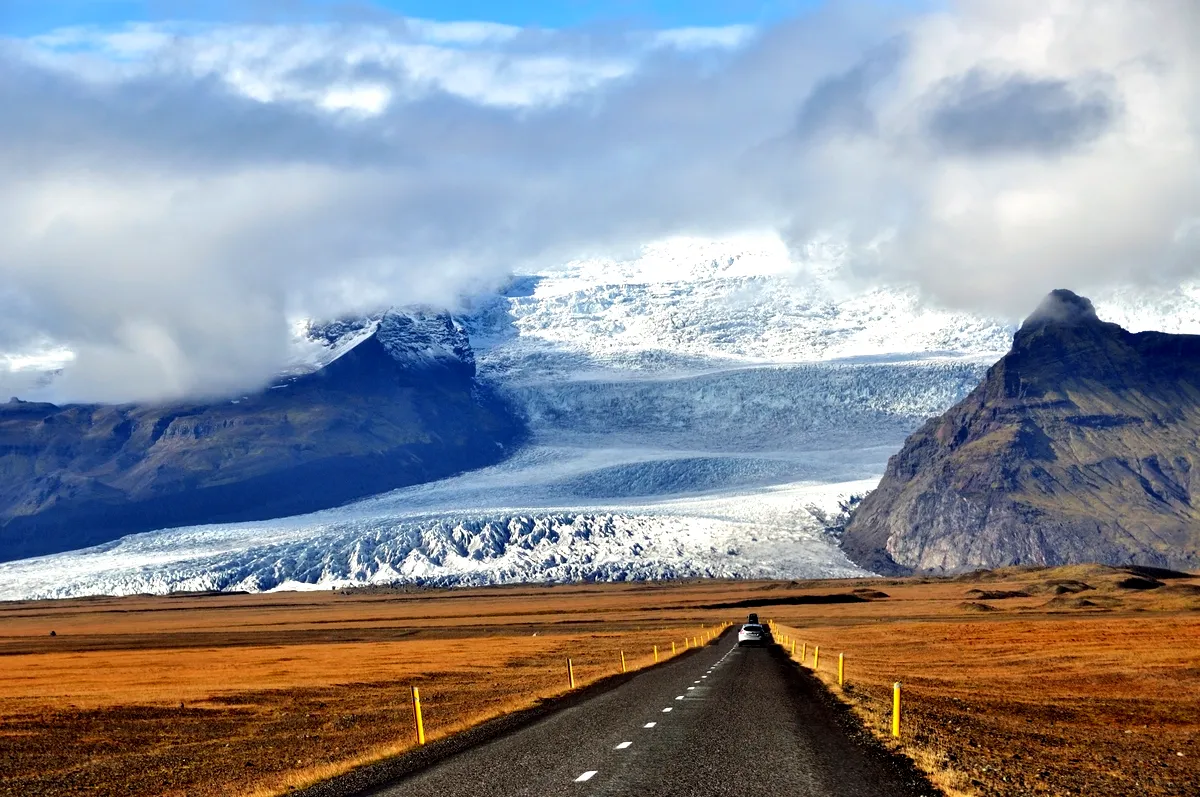
What Makes Jokulsargljufur National Park Such an Unforgettable Experience?
Established in 1973, Jokulsargljufur is one of the oldest national parks in Iceland. The park is 150 square kilometers and is a go-to for those who seek out outdoor adventures, especially hiking.
You’ll also find numerous natural wonders here, including the very reason for the park’s name; the famous Jokulsargljufur Canyon. Jokulsargljufur National Park was incorporated into Vatnajökull National Park in 2008.
How was Jokulsargljufur Formed?
Researchers believe that the landscape, which is Jokulsargljufur National Park today, was formed by two major events in true Land of Fire and Ice style. Based on geological findings, there were massive volcanic eruptions both 10,000 and 3000 years ago. These eruptions, in turn, caused severe glacial floods.
These powerful waters carved their way across the landscape, creating ravines, canyons, and all sorts of interesting rock formations. This flooding also resulted in the Jokulsa a Fjollum Glacial River that still flows through the park today and is the source of many famous Icelandic waterfalls.
Some of the Most Famous Attractions at Jokulsargljufur National Park
If you’re planning your Jokulsargljufur National Park trip itinerary, make sure that it includes the following impressive sites:
Hjodaklettar (the “Echo Rocks” or “Whispering Cliffs”)
Hjodaklettar is a cluster of three rock formations that lie 15 kilometers south of Asbyrgi Canyon. The name originates from the strange echoes and acoustic effects the caves and rock formations cause. This collection of rock formations consists of Kastali (“The Castle”), Tröllid (“The Troll”), and Kirkjan (“The Church”). Each has its own distinct features and characteristics:
Kastali
Kastali’s name is directly derived from its appearance: it has two rock pillars that make it look like a fortress or castle.
Tröllid
According to legend, this rock was once a troll that turned to stone when it was touched by sunlight. Although this might be a troll, many perceive it as a sort of guard protecting the castle.
Kirkjan
This is where you’ll find the perfect example of why these rock formations are referred to as Echo Rocks. A symmetrical arch acts as the entrance to a cave (aka “church”) where you are encouraged to give a shout or sing a song. You’ll be greeted by the weirdest echoes and sounds.
The Jokulsa a Fjollum Waterfalls
As we touched on earlier, the Jokulsa a Fjollum Glacial River is the origin of many a waterfall’s water here in Iceland, and also their continuation. These waterfalls are:
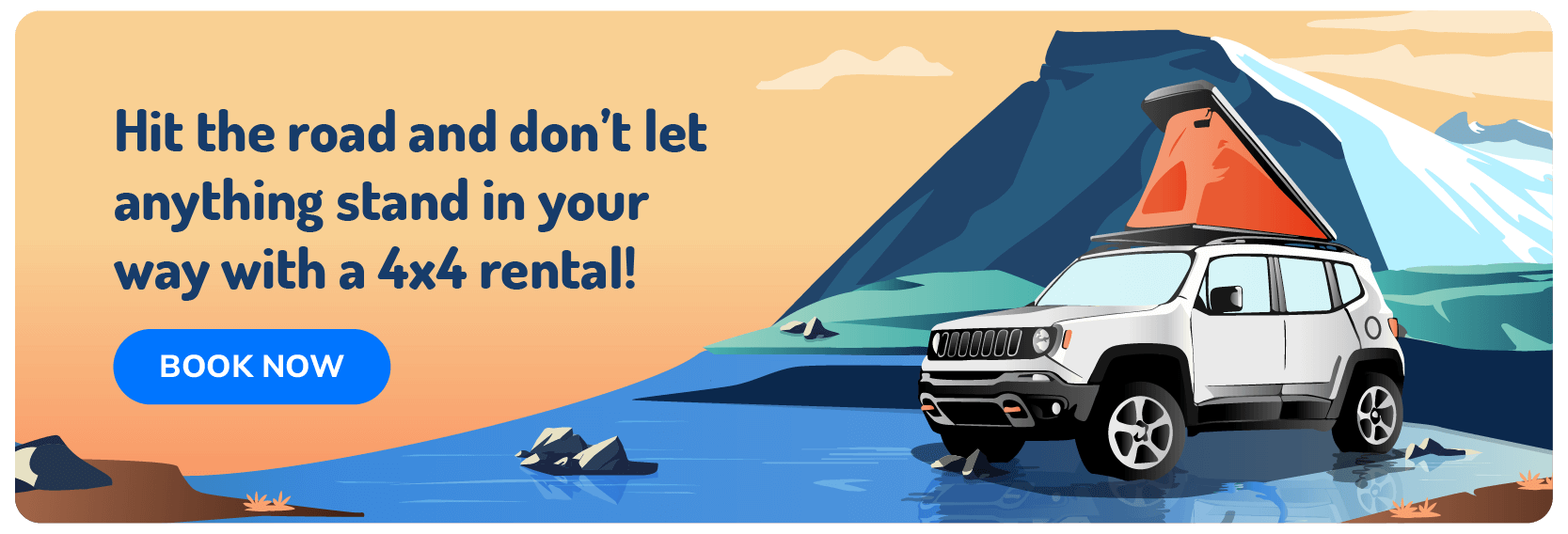
Hafragilsfoss Waterfall
Hafagilsfoss is a staggering 91 meters wide and 27 meters tall, making it one of the largest waterfalls in Iceland. But downstream, its sister falls are even more impressive! You can view Hafragilsfoss from both sides of Jokulsa a Fjollum.
Selfoss Waterfall
Selfoss Waterfall (not to be confused with the town named Selfoss) is one of the shortest of the Jokulsa a Fjollum waterfall siblings, clocking in at only 11 meters. But what it lacks in height, it makes up for in width, measuring an astounding 100 meters wide!
Dettifoss Waterfall
Dettifoss is probably one of the most famous waterfalls in all of Europe since it holds the title of the second-most powerful waterfall on the entire continent! At 100 meters wide, 44 meters high, and with 3,059,436 gallons (roughly 11,581,225 liters) of water tumbling down the waterfall’s cliffs each minute, it’s not surprising that visitors tend to get drenched in mist and spray if they don’t bring a raincoat along.
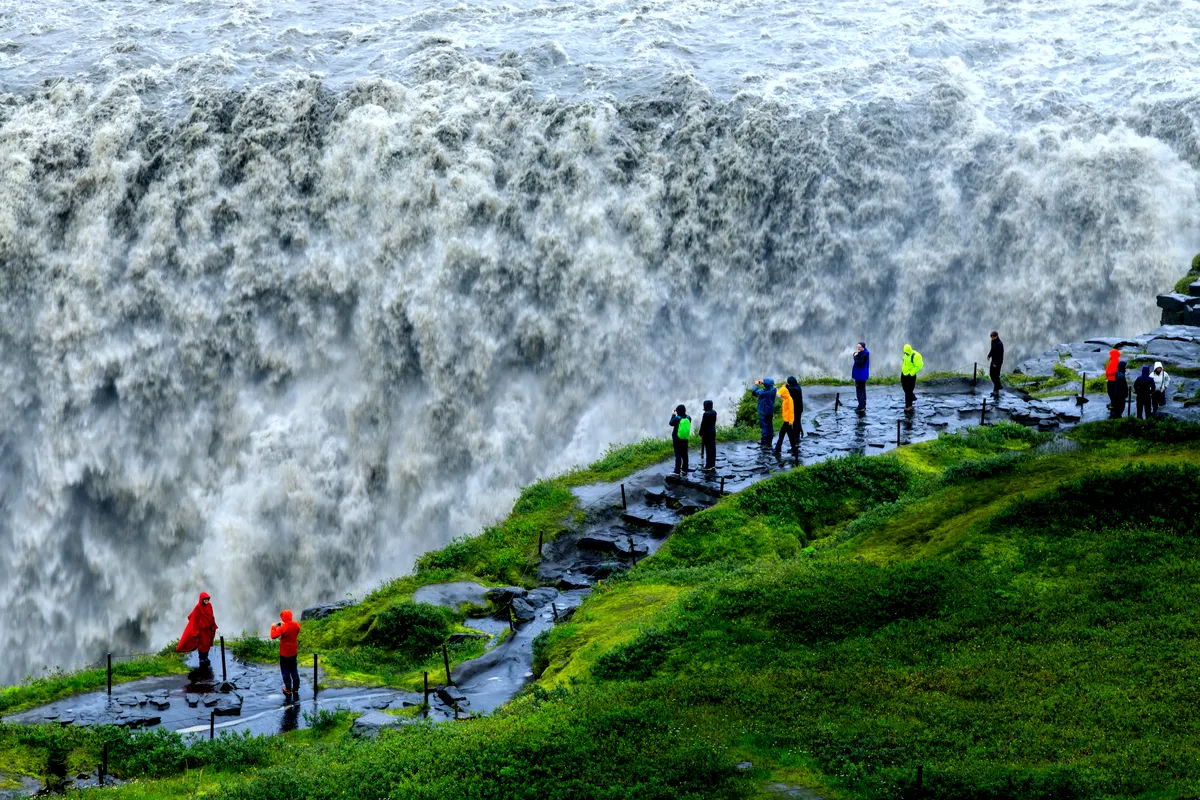
Asbyrgi Canyon
Asbyrgi Canyon is another attraction here in Iceland, surrounded by myth and legend. The canyon, roughly 3.5 kilometers long and 1 kilometer wide, is in the shape of a horse-shoe.
According to Norse mythology, this is because it’s actually the imprint of Odin’s eight-legged horse, a remnant of one of their escapades across the earth. But that’s not where the myths at Asbyrgi end. It is also said that the cliffs are where the Hidden Folk (Iceland’s elves) live.
Jokulsargljufur Canyon
Jokulsargljufur Canyon is, of course, Jokulsargljufur National Park’s claim to fame. The name directly translates to “glacier river canyon,” which, as described earlier, is exactly how this impressive canyon came about. It’s a massive 24 kilometers long, 0.5 kilometers wide, and 100 meters deep, and one of the go-to spots for avid hikers and birders here in the park.
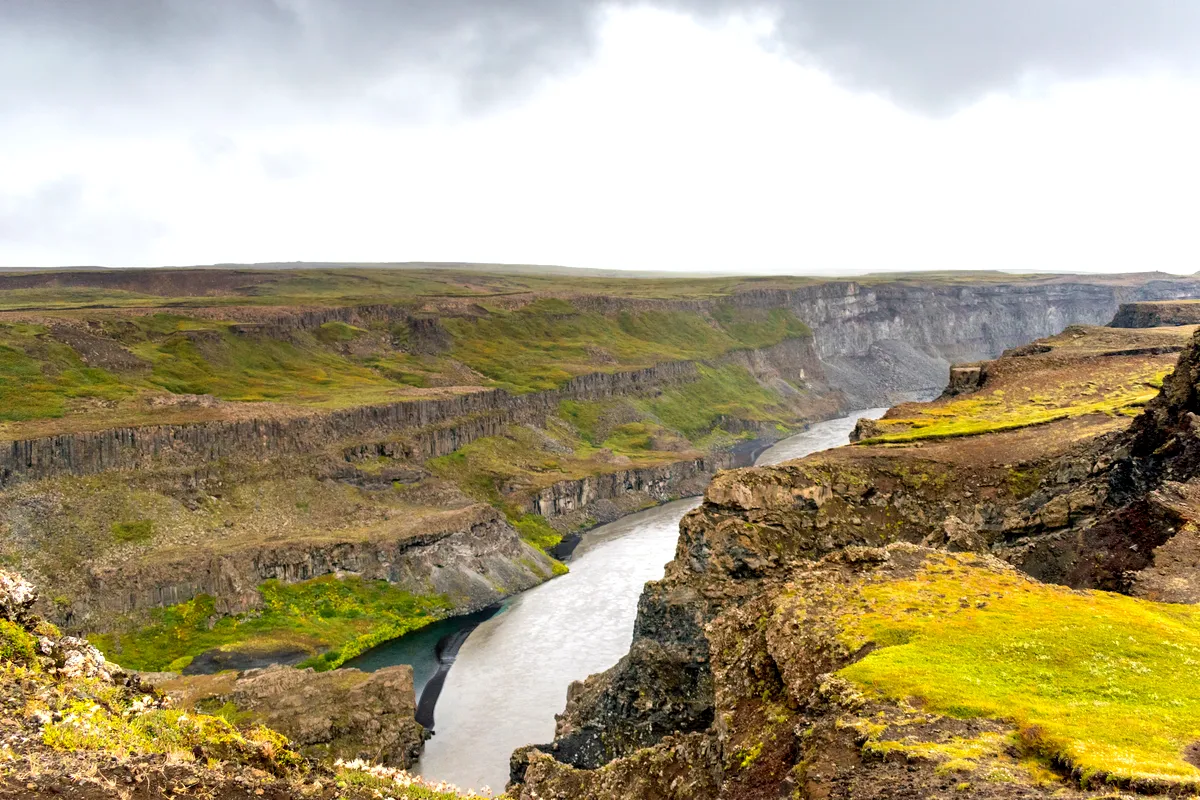
Hiking at Jokulsargljufur National Park
As we already mentioned, Jokulsargljufur National Park is a favorite amongst hikers. Irrespective of your age, experience, or fitness and skill levels, you’re bound to find a hiking trail that suits you. There are various trails, all varying in distance and difficulty level. Difficulty levels are discerned based on the color of the trail (evident on maps and trail markings):
Red
These trails are long, considered very difficult, and are only recommended to the more experienced hikers among us.
Orange
These trails are still rather long and considered to be challenging. But they’re definitely no match for anyone who’s fairly fit.
Green
These trails are usually the shorter ones and so easy that anyone without any serious physical restraints can take them on. Needless to say, the elderly and young babies and tots might still not be able to complete these trails without a lot of assistance.
The 8 Most Popular Hiking Trails in Jokulsargljufur National Park
Below, you will find a short summary of some of the most popular hiking trails in Jokulsargljufur:
- Hljodaklettar Circle, Easy, 2.7 km (+/- 45 minutes) – This is a loop trail, but if you would like to shorten it even further, you can give the last of the two famous three rock formations a skip and turn around at Tröllid.
- Svinadalur Circle, Moderate, 7.1 kilometers (+/- 1 hr & 40 minutes) – This is a loop trail offering visitors beautiful views of the Jokulsargljufur landscape, its rivers, and interesting rock formations.
- Eyjan Hill, Moderate, 1.9 kilometers (+/-35 minutes) – This is a loop trail that explores the beautiful Eyjan Hill.
- Eyjan Hill, the Easy version, 4.8 kilometers (+/- 15 minutes) – This is an out-and-back family-friendly trail that allows you to explore Eyjan Hill.
- Botnstjörn Pond & Asbyrgi, Moderate, 1.3 kilometers (+/-30 minutes) – This is a loop trail that gives hikers a breathtaking birds-eye view of Botnstjörn Pond and Asbyrgi Canyon. Perhaps that’s also what makes it such a go-to locale for birding.
- Vesturdalur to Botnstjörn Pond, Difficult, 18.3 kilometers (+/- 4 hrs & 30 minutes) – This is an out-and-back trail to Botnstjörn Pond that’s almost just as rewarding as it is difficult.
- Raudholar Circle, Moderate, 5.1 kilometers (+/- 1 hr & 30 minutes) – This is a loop trail that works wonders if you’re just looking for a hike that’s not too difficult and that offers up great views and some interesting bird species along the way.
- Through the Woods Trail, Moderate, 8.3 kilometers (+/-2 hrs) – This is an out-and-back trail that runs from the Visitor Centre all along the eastern wall of the canyon till you reach Botnstjörn Pond. As the name suggests, this trail goes through a number of forests where you’re sure to find some interesting bird species as well as peace of mind.
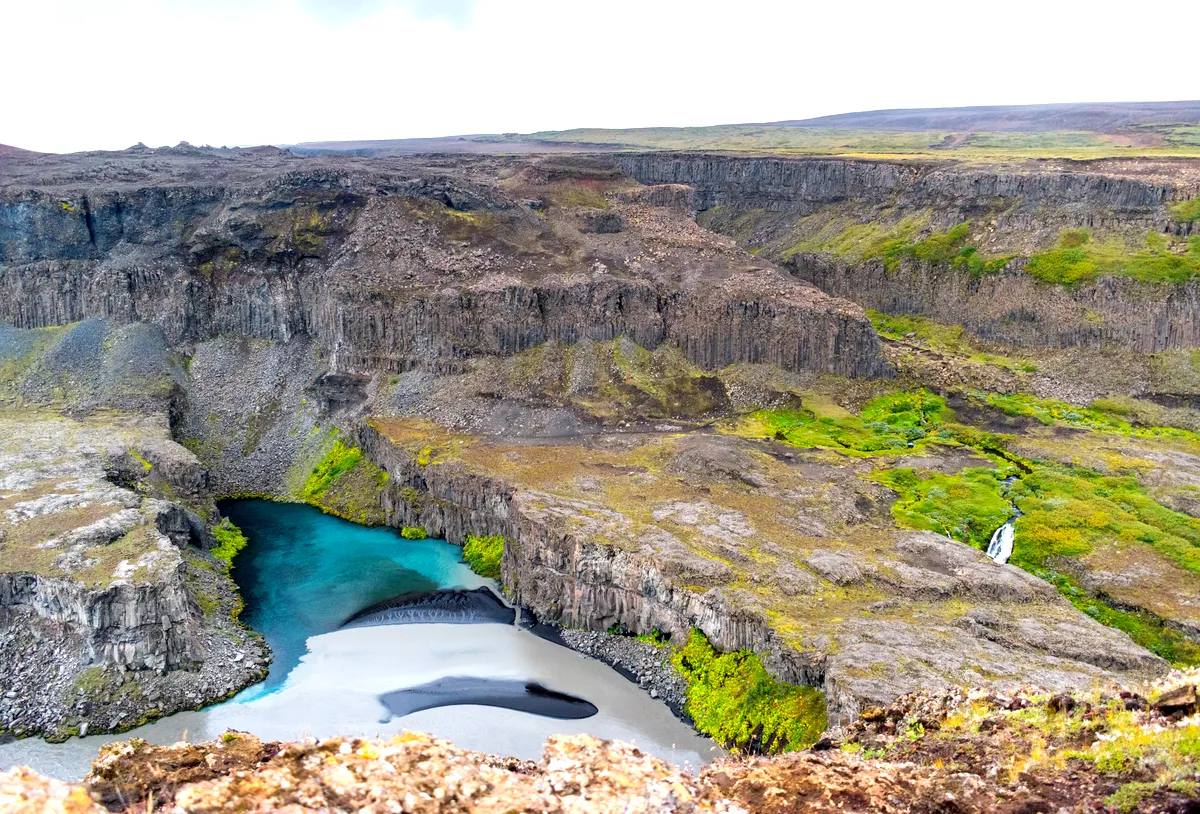
Getting to Jokulsargljufur National Park
You will have two options for getting to Jokulsargljufur National Park.
You Can Book a Spot on a Tour
There are numerous tour guides and operators here on the island offering a wide variety of tour options. You can book a dedicated day tour to Jokulsargljufur National Park or a day tour with multiple attractions in the area that includes Jokulsargljufur.
You can also book a spot on a multi-day holiday package of the island, which includes the national park, or even request a customized private tour with Jokulsargljufur as a destination.
You Can Drive Yourself
This will always be our preferred method of travel here on the island since it means you’ll always be the one in control of your time and itinerary. Jokulsargljufur National Park is the perfect destination for a self-drive because it’s super close to some of our bigger cities in the north and located along the Diamond Circle route, making it the perfect road trip stop.
Whether you’ll be visiting Jokulsargljufur National Park as a day outing or as part of a road trip, here’s how to reach it from the direction of Husavik and Akureyri:
Husavik (a 50-minute drive)
- Drive southwest towards Gardarsbraut.
- Turn right at Gardarsbraut and continue to Hedinsbraut.
- Continue onto Route 85 till you take a right at Asbyrgi.
- Follow the signs to the Visitor’s Center.
Akureyri (a 1-hour and 45-minute drive)
- Take Skipagata to Drottningarbraut.
- Continue onto Podvegur.
- Then continue onto Nordausturvegur.
- Finally, continue onto Route 85.
- From there, the directions are the same as when driving from Husavik.
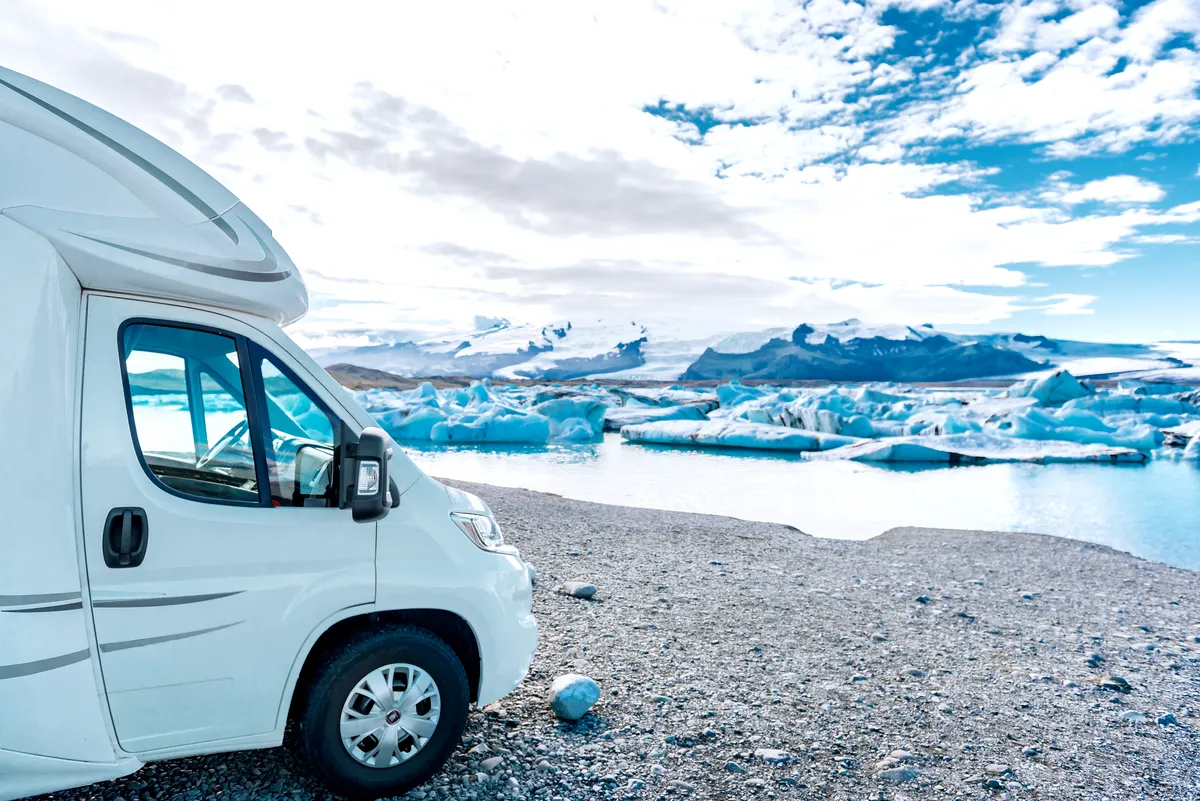
When to Visit Jokulsargljufur National Park
Jokulsargljufur National Park is open to the public all year round. That being said, this is a destination mostly famous for its outdoor attractions and activities, so most would recommend that you come when the weather is nice and there are plenty of daylight hours. Iceland has the best weather and the most daylight hours during our summer (June to August).
But many complain that the island can get pretty crowded and expensive during this time, so they opt for second-best: the shoulder months. During April, May, September, and October, the weather is still pretty fair, and you won’t need to deal with pesky peak season crowds.
If you are someone who would like to experience the park during the winter when it turns into a winter wonderland enveloped by snow with waterfalls seemingly frozen in time, just keep in mind that many of the activities will be out of the question and you’ll need to check road conditions for any sudden closures.
We would also not recommend driving in the north of Iceland mid-winter, especially if you consider yourself a bit of a nervous driver or you’re not used to driving in extremely harsh winter weather (we’re talking blizzards and winds of 35+ kilometers an hour).
Opening Hours of Jokulsargljufur
Although Jokulsargljufur National Park is technically open all year round, some facilities, activities, and attractions may be closed at times. Operating hours may also change depending on the season and unforeseen circumstances (so always ensure you contact their office before heading out).
Generally, you can expect Visitor Centers and campsites to be closed during our colder months of the year, and operating hours will differ between 06:00 to 19:00 during peak season and 11:00 to 15:00 during the “down” season.
How Much Does Jokulsargljufur National Park Tickets Cost?
Prices are as follows as of June 2023:
- Category A – Passenger Car, up to 5 seats = 1000 ISK ($7.20/€6.70)
- Category B – Passenger Car, between 6 to 9 seats = 1300 ISK ($9.35/€8.70)
- Category C – Bus, between 10 to 19 seats = 2500 ISK ($17.95/€16.75)
- Category D – Bus, between 20 to 32 seats = 4700 ISK ($34.00/€31.45)
- Category E – Bus, 33+ seats = 8500 ISK ($61.00/€56.85)
- Motorcycle = 400 ISK ($2.90/€2.70)
Road Trip Your Way to Geological Wonders and Mesmerizing Landscapes at Jokulsargljufur National Park
Since the Jokulsargljufur National Park is situated along the popular Diamond Circle road trip route, we highly recommend renting a camper in Iceland and add the park as a stop on your trip itinerary. If you explore Jokulsargljufur with a motorhome, you’ll be able to camp at very affordable campsites in the park, with most of the attractions and activities on your doorstep.
So, embark on this journey where the clash between fire and ice resulted in spectacularly contrasting landscapes and mesmerizing natural marvels, and where you will walk away with precious memories of once-in-a-lifetime views and experiences.
